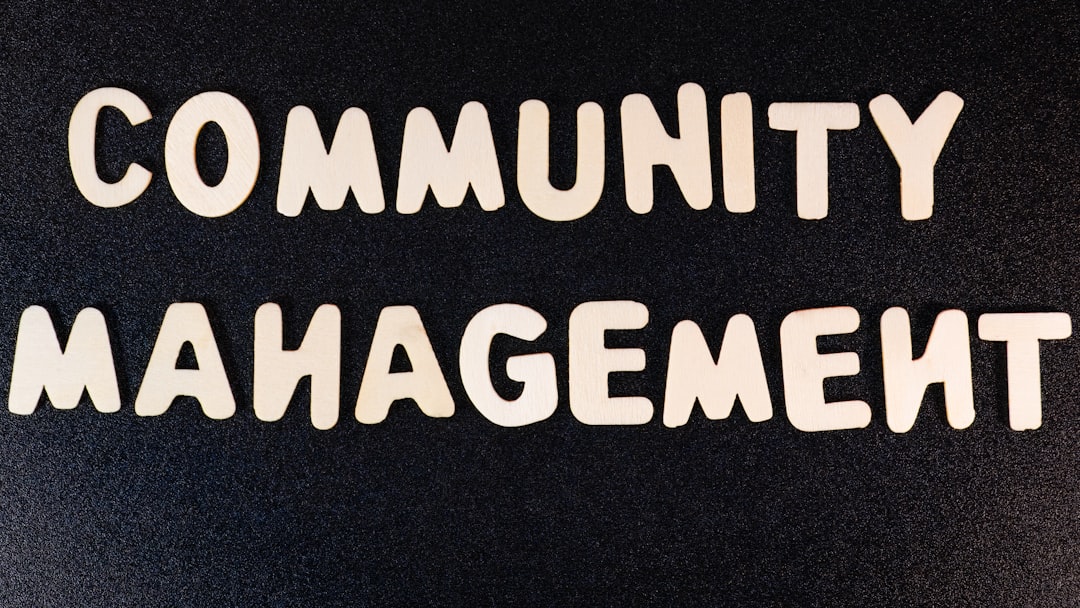
Building a Beacon for Community Diversity Increment Growth Strategies
Creating a healthy community is not solely about individual wellness; it also encompasses the diversity and inclusivity of its members. Building a beacon for community diversity increment growth strategies is essential for fostering a healthier, more vibrant society. This article will explore actionable strategies, current research findings, and common misconceptions surrounding this vital topic.
Understanding Community Diversity in Health
Community diversity refers to the variety of cultural, ethnic, and social backgrounds present in a population. Research indicates that diverse communities often exhibit better health outcomes due to varying perspectives on wellness and lifestyle practices. Acknowledging and promoting this diversity can lead to innovative health solutions that cater to the unique needs of different groups.
The Importance of Inclusivity in Wellness Programs
When designing health and wellness programs, inclusivity should be a priority. Programs that consider cultural differences and barriers to access can significantly improve participation rates among diverse populations. For instance, a study published in the American Journal of Public Health highlights that culturally tailored health interventions are more effective in improving health behaviors in minority groups.
Strategies for Building a Beacon of Diversity
Here are some practical strategies to promote community diversity and enhance health outcomes:
1. Engage with Community Leaders
Engaging with local leaders from different cultural backgrounds can help create awareness of diverse health needs. These leaders can provide valuable insights into specific health concerns and preferences within their communities. Establishing partnerships with community organizations can also facilitate outreach and foster trust.
2. Offer Culturally Competent Education
Develop educational resources that reflect the cultural contexts of various community members. This might include workshops, cooking classes, or fitness events that highlight traditional practices. For example, integrating recipes from different cultures into nutrition workshops can make learning more relatable and enjoyable.
3. Conduct Needs Assessments
Regularly assess the health needs of your community to identify gaps in services. Surveys and focus groups can help gather data on specific needs, preferences, and barriers to accessing health resources. This information is invaluable for tailoring programs that effectively address the unique challenges faced by diverse groups.
4. Promote Language Accessibility
Language barriers can hinder access to health information and services. Providing materials in multiple languages and offering translation services at health events can create a more inclusive environment. This approach not only enhances understanding but also shows respect for different cultures.
5. Celebrate Diversity Through Events
Organizing community events that celebrate cultural diversity can foster a sense of belonging. Health fairs, cultural festivals, and workshops that focus on different traditions can create opportunities for learning and sharing. These events can also serve as platforms for health screenings and information dissemination.
Addressing Common Misconceptions
One common misconception is that diversity efforts are only necessary for large urban areas. However, even smaller communities benefit from recognizing and addressing diversity. Additionally, some may believe that a “one-size-fits-all” approach to health education is effective. In reality, tailoring resources to meet the specific cultural needs of different groups is crucial for promoting health equity.
Encouragement for Your Wellness Journey
Building a beacon for community diversity increment growth strategies is a collective effort that requires commitment and understanding. As you embark on this journey, remember that small, consistent actions can lead to significant changes in health outcomes.
Further Reading and Resources
For those interested in expanding their knowledge on this topic, consider exploring these resources:
- Cultural Competence Education
- The Importance of Community Health Needs Assessments
- Health Equity and Community Engagement
By integrating these strategies and resources into your community health initiatives, you can create a welcoming environment that encourages diversity and promotes wellness for all.
In your pursuit of health and wellness, consider sharing this article with others who may benefit from these insights. Together, we can build a healthier, more inclusive community for everyone.


